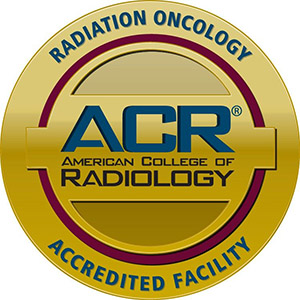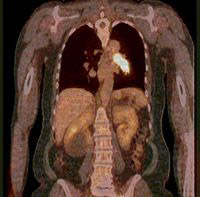
Our commitment to our patients, each other and ourselves.
Tulane Radiation Oncology proudly offers:
Intensity-Modulated Radiation Therapy (IMRT): advanced treatment technique that allows higher sparing of healthy tissues while simultaneously enabling the delivery of larger levels of radiation to the area of treatment – delivered with Varian Trilogy and Varian iX accelerators
Image-Guided Radiation Therapy (IGRT): advanced imaging technique for extremely accurate targeting of the cancer during each treatment – performed with Varian Cone Beam CT (CBCT) and BrainLAB ExacTrac IGRT systems
Cone-based, Surface-guided Stereotactic RadioSurgery (SRS): highly specialized radiation therapy for precision brain treatments – TrueBeam, this approach uses an open facemask for surface monitoring during treatment to ensure precision.
|
|
Stereotactic Body Radiation Therapy (SBRT): highly specialized radiation therapy for precision lung and liver treatments – delivered with Varian TrueBeam and Varian Trilogy accelerators
Total Body Irradiation (TBI): special treatment procedure used to prepare a body for bone marrow transplant – delivered with Varian Trilogy.
High Dose-Rate (HDR) Brachytherapy: innovative treatment technique for temporary placement of a radiation source either inside or adjacent to the area requiring treatment to ensure maximum radiation to the cancer – delivered with an Oncentra HDR system and used predominantly for gynecologic malignancies.
Radiopharmaceuticals: Increasingly offering clinical trials for targeted radiopharmaceuticals, that is, radioactive medicines, that target and kill cancer cells.
4D-CT imaging: advanced imaging technique that captures both cancer location and its motion due to breathing – used in treatment planning of cancers in or near the lungs.
VisionRT: Surface-guidance technology, which allows for monitoring of tiny movements during treatment in order to ensure treatments are delivered as intended.
Velocity: Deformable image-registration software.
All-Electronic Environment: all treatments are carried out in a paperless, all-electronic environment which maximizes safety and minimizes errors
The Tulane Radiation Oncology Department is ACR-accredited.


